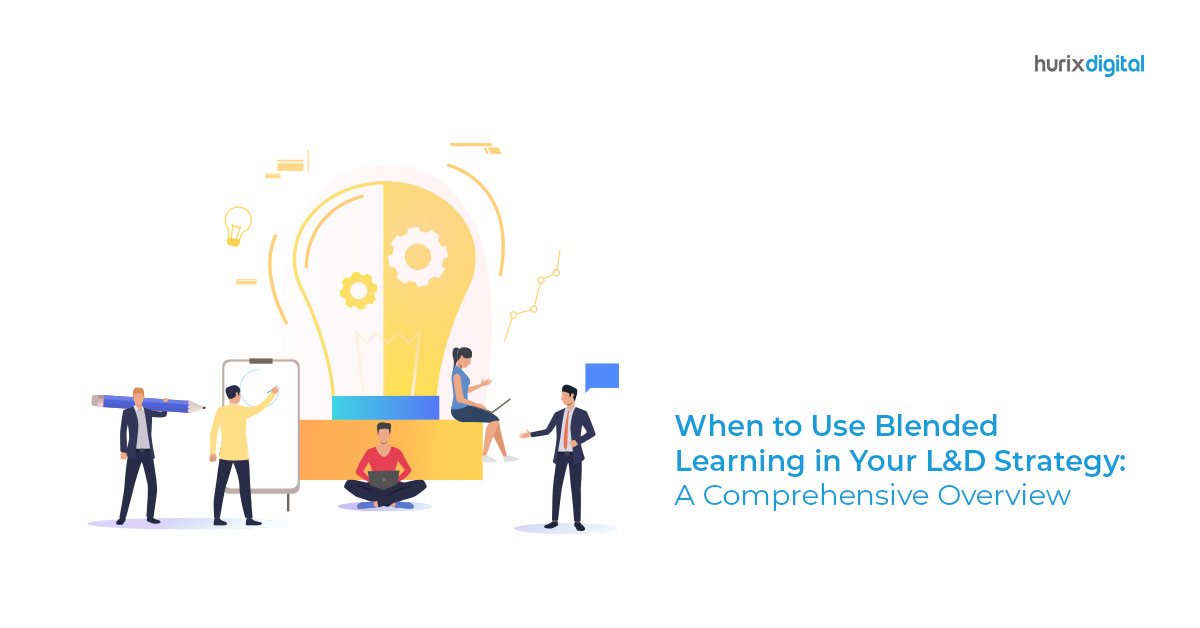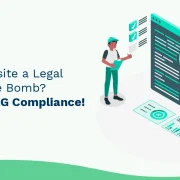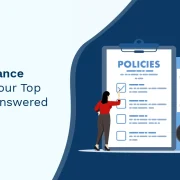
How to Create Content for a Blended Learning Model: A 5-Step Guide
What is Blended Learning?
The evolution of technology has also redefined the learning and training landscape with both learners and trainers going beyond traditional classroom sessions to harness online resources and to make the whole experience more immersive, engaging, contextual and interesting. This has given rise to the concept of the blended learning model, which simply put, is a combination of face-to-face learning and digital activities.
More and more organizations are taking the blended learning route to upgrade the skills and capabilities of their employees. This is because blended learning resources provide a host of advantages, some of which are as follows:
- Makes Learning More Real-Time and Interesting: A classroom learning experience is mostly unidimensional in which information is simply passed on from the teacher to the taught and with some limited discussion between participants. However, by adding online learning resources the classroom session can be greatly enhanced. Blended learning resources make the learning process a multidimensional sensory experience that translates into deeper learning and retention.
- Leverage Multiple Platforms for an Enhanced Learning Experience: Learners are no longer restricted to a single delivery channel to meet their learning needs. For example, in a traditional classroom setting, an instructor teaches an entire class comprising of students with diverse capabilities, attention span and level of interest, which means that not all learners get a level playing field. A blended approach allows learners to go beyond a single delivery platform to other mediums to plug their gaps in learning. For the more intelligent ones, it opens up new avenues to further build on their skillsets.
- Greater Control Over Learning: With blended learning resources, learners can leverage the best of both the worlds to upgrade their skills and knowledge. They can clarify concepts with the instructor in classroom settings or use online platforms and forums to initiate discussions and share ideas. Besides, they can use the online resources to extend their knowledge and learning experience.
- More Engaging Experience: Blended learning resources allow learners to ‘see’ concepts in real-world settings in a virtual environment. The context and a practical implementation of the concepts increase learner interest and make learning more interesting and immersive. Online resources help to bring alive subjects such as Math and Science that are either difficult or monotonous, and also help to improve information retention.
- Access Ready References: Blended learning resources can be utilized to save time, which is a precious resource in enterprises with employees already straddling a host of job responsibilities. In blended learning, instructors can share online materials that provide context of the concepts to be taught in classrooms, which the learners can access and prepare at their leisure before coming to the class. This not only saves instructor and classroom time but also ensures that all learners are on the same page and are ready to move on to the next during the offline training session.
Also Read: How to Use Blended Learning for Corporate Training
Now that you are familiar with the advantages of blended learning, the question arises – how to create content for blended learning resources? With so many digital technologies available on both proprietary and free-to-use platforms, creating blended learning resources may seem a daunting task. It is important to find the right approach that meets your learners’ needs. Here are some tips that you can follow.
Also Read: Is Blended Learning the Right Approach for Your Enterprise?
How to Create Content for Blended Learning: 5 Essential Steps
Step 1: Make Your Content Engaging:
To create meaningful blended learning resources, it is essential that you have an informed understanding of the tools you have available and their pedagogical applications. Using rich media formats such as audio/video, graphics, animations, virtual reality, and augmented reality, you can add variety and impact to the content of your blended learning resources. As a case point, in a lesson about the human blood circulatory system, a 3D model of the heart can show the students a more real-time functioning of the heart, enabling the instructor to better teach the lesson and for students to grasp the concept.
Step 2: Change Your Presentation Style:
You may be giving a presentation with lots of relevant content but still find the audience with a glazed look on their faces. Using blended learning resources, you can make your presentation more engaging and interactive. With free to use tools such as Prezi, Keynote, Google Slides or PowerPoint, you can add features such as polls, quizzes and collaboration to make your presentations memorable and energizing for your audience.
Step 3: Use Collaboration Tools:
A major advantage of using blended learning resources is that you can provide your learners with several backchannels to build upon their learning experience. Learners can leverage social media and various online forums, outside their designated course times, to share ideas about the course via Twitter hashtags or peer networking in social spaces using their own devices.
Step 4: Get Learners Involved:
Before taking the plunge to create content for your blended learning resources, it is a good idea to take your end-learners into confidence to understand their comfort level with digital technologies and what approach they would be most comfortable with for an improved learning experience. Blended learning is a means to provide a more personalized learning experience, so it makes sense to provide this experience in a format your employees are most comfortable with.
Step 5: Experience Blended Learning First-Hand:
The best way to create content for blended learning resources is to gain a first-hand experience of how they work. This is a good way to pick up handy tips and tricks on what others, and especially your competition is doing. You can access free online courses to gain a first-hand perspective and enjoy being a learner again.
Also Read:
10 Best Practices in Blended Learning
Switch to Blended Learning for Better Learning Outcomes
Conclusion
In the age of digital technology, it makes sense to add an element of digital to your traditional classroom settings. Blended learning model will make a world of difference to your training, ensuring greater student involvement and consequently, resulting in better learning outcomes. However, it is important to follow best practices while creating content for your blended learning resources. While there are several free online tools you can use, you can also hire the services of eLearning content developers to create custom blended learning resources tailored to your unique organizational needs.
Also Read:
Benefits of Investing in Custom eLearning Courses for your Enterprise
Things You Must Consider Before Selecting an eLearning Company









